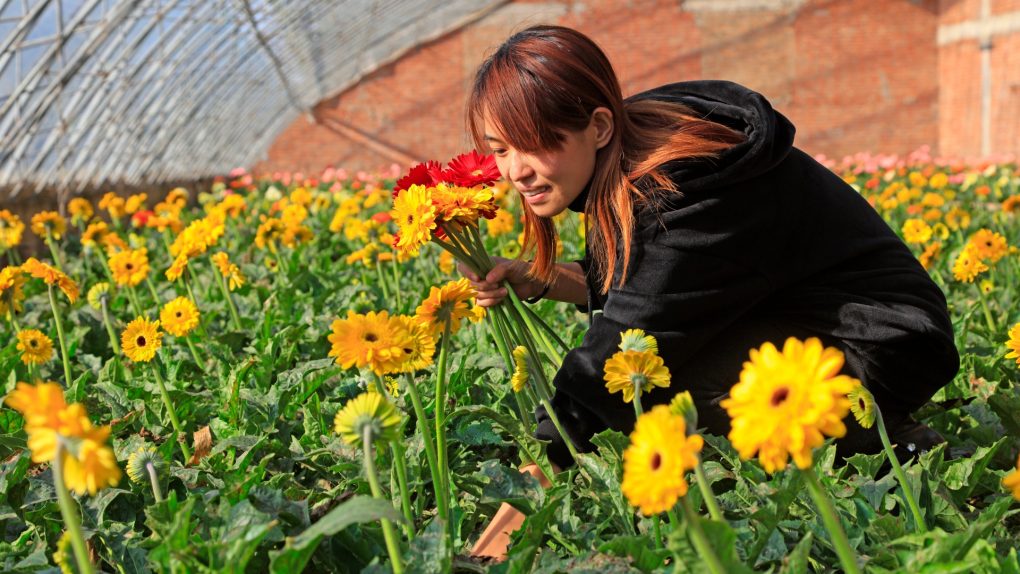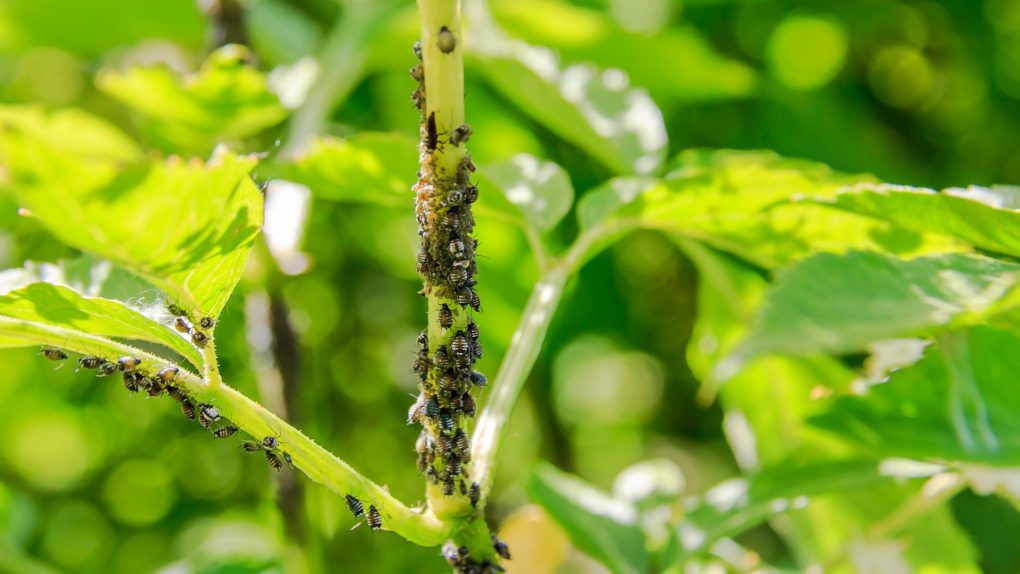How to Keep Gerbera Daisies Blooming: Tips and Tricks for a Long-Lasting Display
Gerbera daisies are beautiful, vibrant flowers that add color to any garden or indoor space. However, keeping them blooming can be a challenge for many gardeners. Fortunately, several tips and tricks can help keep gerbera daisies blooming for longer.

Proper watering is among the most important factors in keeping gerbera daisies blooming. These flowers require regular watering, typically around 1 inch per week. It’s important to water only when the soil has dried an inch or two below the surface, as overwatering can lead to root rot and other issues. During hot, dry spells or when establishing a new location, gerbera daisies may need more frequent watering.
Another key to keeping gerbera daisies blooming is regularly removing dead or dying foliage. This helps the plant direct its energy towards producing more blooms, rather than wasting it on trying to save dying leaves and flowers. Additionally, thinning leaves towards the center and top of the plant can help the crown receive more light, leading to more blooms. By following these simple tips, gardeners can enjoy the beauty of gerbera daisies for longer periods.
Table of Contents
Watering and Fertilizing
Proper watering and fertilizing are crucial to keeping gerbera daisies blooming. Here are some tips to help you keep your plants healthy and vibrant.
Watering Frequency
A weekly watering of about one inch is needed for Gerbera daisies. After the soil has dried an inch or two below the surface, water it. You may also need to water these flowers more frequently when they are first established in your landscape and during hot, dry spells.

It is important not to overwater gerbera daisies, which can lead to root rot, so ensure the soil drains well and don’t let the plant sit in water for long periods of time.
Fertilizer Type and Schedule
Maintain an even moisture level in the soil and fertilize your blooming gerberas every two weeks with a fertilizer low on phosphorus (such as the 24-8-16 formula). Alternatively, you can also go for a 15-3-20 or a 17-5-17 blend.
Following the instructions on the fertilizer package is important, as over-fertilizing can lead to burned roots and plant damage. Therefore, always dilute the fertilizer to half-strength before applying it to your plants.
Deadheading spent blooms can also help encourage new growth and more blooms. Pinch off the dead flower at the base of the stem.
Proper watering and fertilizing are key to keeping your gerbera daisies blooming beautifully. Following these tips, you can enjoy vibrant, healthy plants throughout the growing season.
Pruning and Deadheading
Pruning and deadheading are essential for the health and longevity of gerbera daisies. Deadheading removes spent blooms from the plant, which encourages the growth of new flowers. Pruning, on the other hand, involves cutting back the plant to control its size and shape.
Deadheading gerbera daisies should be done regularly to keep the plant blooming longer. Removing the spent blooms as soon as they start to fade is recommended. This process redirects the plant’s energy to produce new blooms instead of trying to revive the old ones. Deadheading can be done using pruning shears or simply by pinching off the spent blooms with your fingers.

Pruning gerbera daisies are also important to maintain their shape and prevent them from becoming too leggy. It is best to prune the plant after it has bloomed, usually in the fall. Cut back the stems to about half their length to encourage new growth and to keep the plant from becoming too tall and spindly.
When pruning gerbera daisies, using clean and sharp pruning shears is important to avoid damaging the plant. Make sure to cut the stems at an angle so that water does not pool on the cut surface, which can cause rot.
Deadheading and pruning are important maintenance tasks that help keep gerbera daisies blooming and healthy. Deadheading should be done regularly to encourage new blooms, while pruning helps maintain the plant’s shape and size. With proper care and attention, gerbera daisies can provide a colorful display of blooms for many years.
Pest and Disease Control
Gerbera daisies are susceptible to various pests and diseases affecting their growth and blooming. Here are some common issues and how to deal with them:
Pests
Some common pests that can affect gerbera daisies include:
● Whiteflies
● Aphids
● Thrips
● Spider mites
To control these pests, neem oil or insecticidal soap sprays can be used. However, these should not be used when the temperature is above 90F or in full sun, which may damage the plants. Another option is introducing natural predators such as ladybugs or lacewings to the garden.

Diseases
Gerbera daisies can also be susceptible to various diseases, including:
● Rhizoctonia crown rot
● Alternaria leaf spot
● Pythium root rot
It is important to plant gerbera daisies in pasteurized planting media to control these diseases and apply fungicides to protect the plants. Remove any infected plant matter and avoid overhead watering, as this can spread disease.
Gardeners can help ensure that their gerbera daisies stay healthy and bloom beautifully by taking these steps to control pests and diseases.
